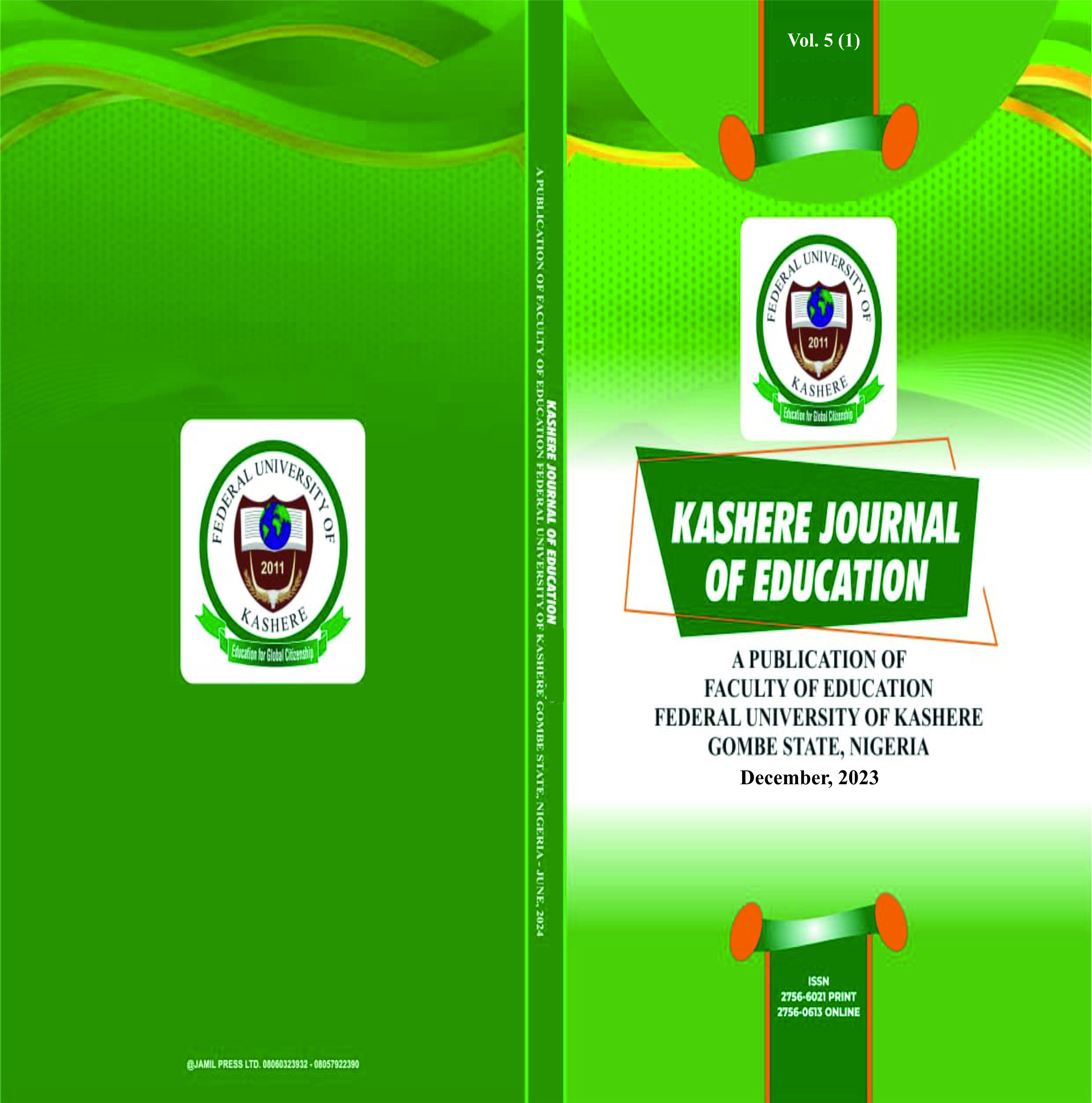Main Article Content
Effects of Using Scale Models for Teaching Mapwork in Geography on Achievement among Senior Secondary School Students in Lafia Local Government Area of Nasarawa State
Abstract
The purpose of this study is to investigate the effects of using scale models on the academic achievement of students in the mapwork section of geography when segregated according to group, gender, and ability. The population of the study comprised all the 2408 senior secondary II geography students in Lafia Local Government of Nasarawa State, and the sample consisted of intact classes of 105 senior secondary II geography students from four schools in Lafia Local Government Area Education Inspectorate. Random sampling technique was used to draw the school sample. The instrument used for data collection was the Mapwork Achievement Test (MWAT), adopted by the researcher from Ezeh (2006) and validated by experts in measurement and evaluation and geography, with a reliability coefficient of 0.94 also determined. Quasi-experimental design, specifically, the pretest and posttest control group design, was used. Data analysis was done using means, standard deviations, and analysis of covariance. The results showed that there was a significant difference between the experimental group when taught mapwork using scale models and the control group when taught mapwork using the conventional lecture method. The results also indicate that gender was not a significant factor in students achievement when taught mapwork using scale models. Finally, there was also no significant difference between the achievement gains of high-ability and low-ability students when taught mapwork using scale models. Based on the findings, it was concluded that the use of scale models had a significant effect on the mean achievement score of students in mapwork, and gender was not seen as a significant factor in the students achievement in mapwork when taught using scale models, and finally, it was concluded that there was no significant difference between the high-ability and low-ability students when taught mapwork using scale models. Thus, the following recommendations were made: The use of scale models in teaching mapwork in geography should be advocated and included in senior secondary school geography curricula, and teachers should be trained on how to use the scale models more correctly and frequently. Scale models should be encouraged for use in various geographical features in teaching and learning geography so as to close the gap between high-ability and low-ability students, and lastly, geography students in tertiary institutions should be taught on how to produce models and their uses.







